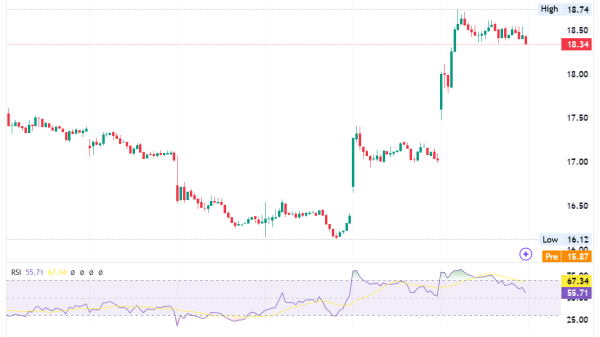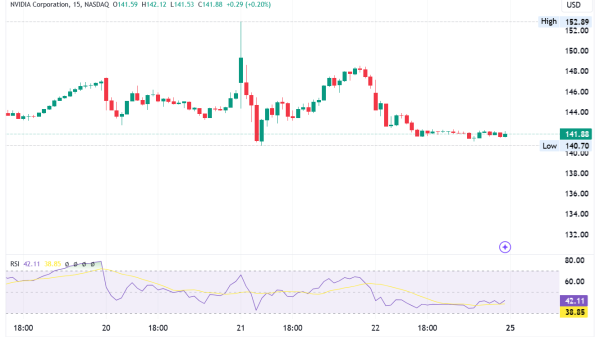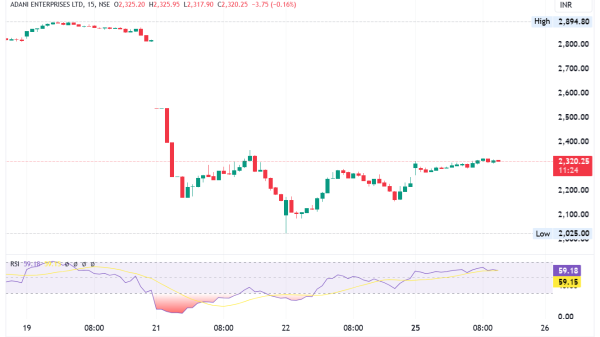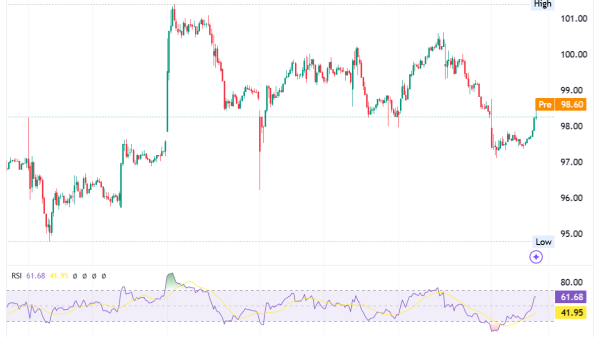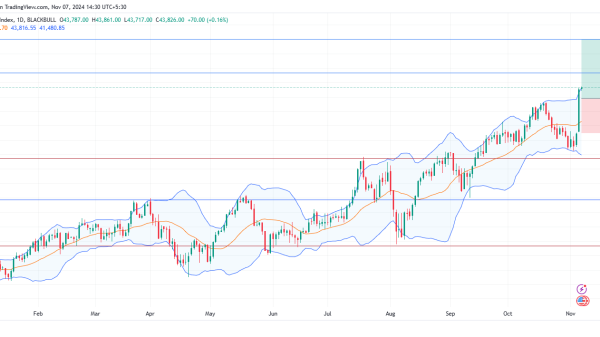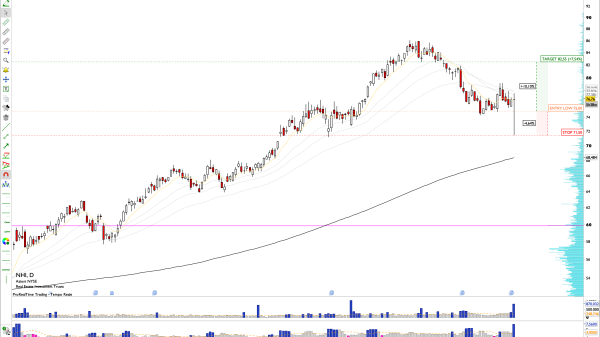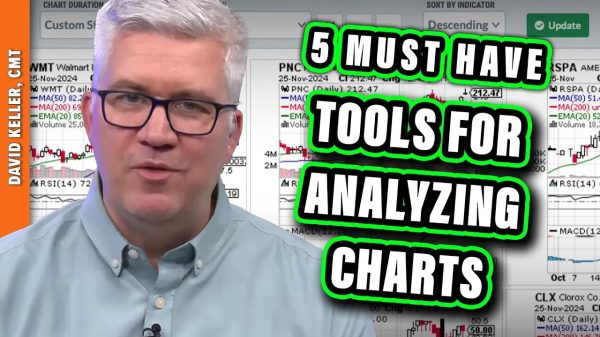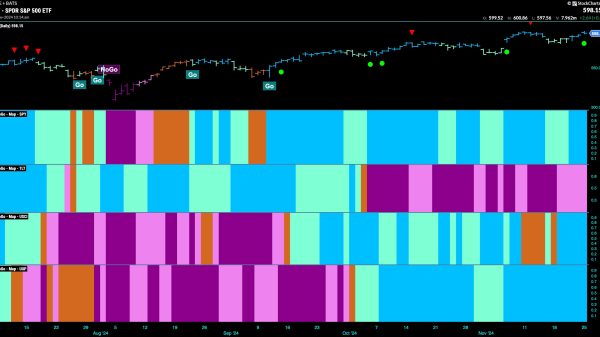How to use calendar spread strategy in the best way?
Key Takeaways:
A calendar spread uses options or futures with different expiration dates.
It’s designed to exploit time decay and market volatility.
The strategy can be either neutral, bullish, or bearish.
There are two types: Standard and Reverse Calendar Spreads.
Have you recently thought about using the calendar spread strategy in the best possible way? Why is it important to know the entire process, including terms like options, futures, implied volatility, and more?
Suppose you’re a newbie in any financial or neutral market. If that’s the case, you must understand that strategies are essential for achieving goals. This is especially true if you have an interest in options and futures.
But what is this strategy all about? How to use the calendar spread strategy? Let’s dig deeper and find out more about all this, shall we?
What is a Calendar Spread Strategy?
A calendar spread strategy involves buying a longer-dated option while selling a shorter-dated one with the same strike price. This options strategy, known as a time or horizontal spread, capitalizes on variations in expiration dates, time decay, and market volatility.
The goal is to exploit discrepancies in option premiums due to shifts in the stock’s market value.
What is the main purpose of the strategy?
Utilized by seasoned investors, the calendar spread aims to profit from diverse volatility levels in stocks over various periods. This approach offers a neutral stance with minimized risk, targeting profits when the stock price matches the spread’s strike price.
An example of this strategy
For example, you can buy a call option for two months with a strike price of 100. At the same time, you can sell a call option for one month at the same price. This requires an upfront investment, often called a margin.
This derivatives strategy is designed to benefit from the anticipated differences in time decay and volatility while safeguarding against significant stock price shifts.
What is the ideal scenario here?
The ideal scenario for a long call calendar spread is for the stock to hover close to the strike price as the expiration date nears, thus maximizing profits from time decay.
The strategy can have a neutral, bullish, or bearish outlook depending on the stock’s position relative to the strike price. The maximum loss is confined to the initial margin when establishing the position.
The best example of the calendar spread strategy
To use the calendar spread strategy effectively, learn from the example of many traders and investors who are successfully using it.
Using Exxon Mobile (XOM) stock as an example, which is at $89.05 in mid-January:
Sell the February 89 call for $97.
Buy the March 89 call for $222.
The spread cost is $125.
XOM stock should stay stable for maximum payoff until the February options expire. This lets the trader earn the premium from the sold option. If the stock rises towards March expiry, the bought option profits.
What would be the ideal scenario?
Ideally, the stock becomes more volatile but rises, aiming to close slightly below $95 by February end. This means the February contract expires with no value, but gains can be made till March.
Using this spread reduces the cost of buying the March expiration from $222 to $125. This leads to improved margin and reduced risk. Calendar spread can profit from neutral, bullish, or bearish trends depending on the chosen strike price.
What is this strategy all about in technical jargon?
A calendar spread is a strategy that uses the difference in implied volatility levels between different expiration dates to its advantage.
The goal is to benefit from the faster decrease in time value. Additionally, it aims to reduce the risk associated with changes in the underlying asset’s value. This approach is tailored for traders with advanced knowledge and expertise.
Explaining Calendar Spreads
We have two types of calendar spreads:
Standard Calendar Spread
Reverse Calendar Spread
Standard Calendar Spread – Explained
In a Standard Calendar Spread, you can expect the following:
You take a short position by selling an option (either call or put) that will expire quickly.
Simultaneously, you’re buying a similar option with a longer-term expiration.
Generally, buying and selling involve options with the same strike price.
Various factors, including futures prices, can influence the price of an option.
It’s advantageous if the implied volatility is low during this time, though it’s not a strict requirement.
Reverse Calendar Spread – Explained
On the other hand, we have the Reverse Calendar Spread that includes the following:
Over some time, you buy or sell options based on your strategy.
Initially, you buy a short-term option.
Then, you sell a long-term option on the same asset.
Bottom line
The calendar spread strategy allows traders to harness the nuances of time decay and market volatility, leveraging differences in expiration dates. It caters to diverse market conditions, with standard and reverse variations available.
To optimize returns, one must thoroughly understand the intricacies and select the right approach based on market assessment.
The post How to use calendar spread strategy in the best way? appeared first on FinanceBrokerage.


